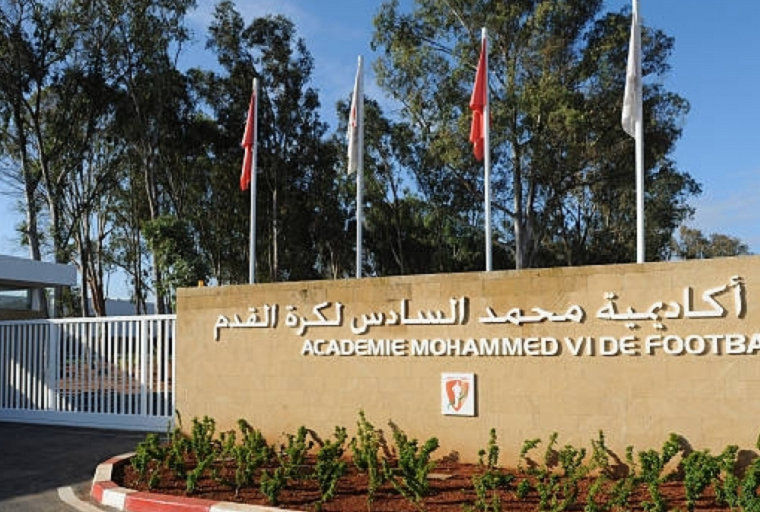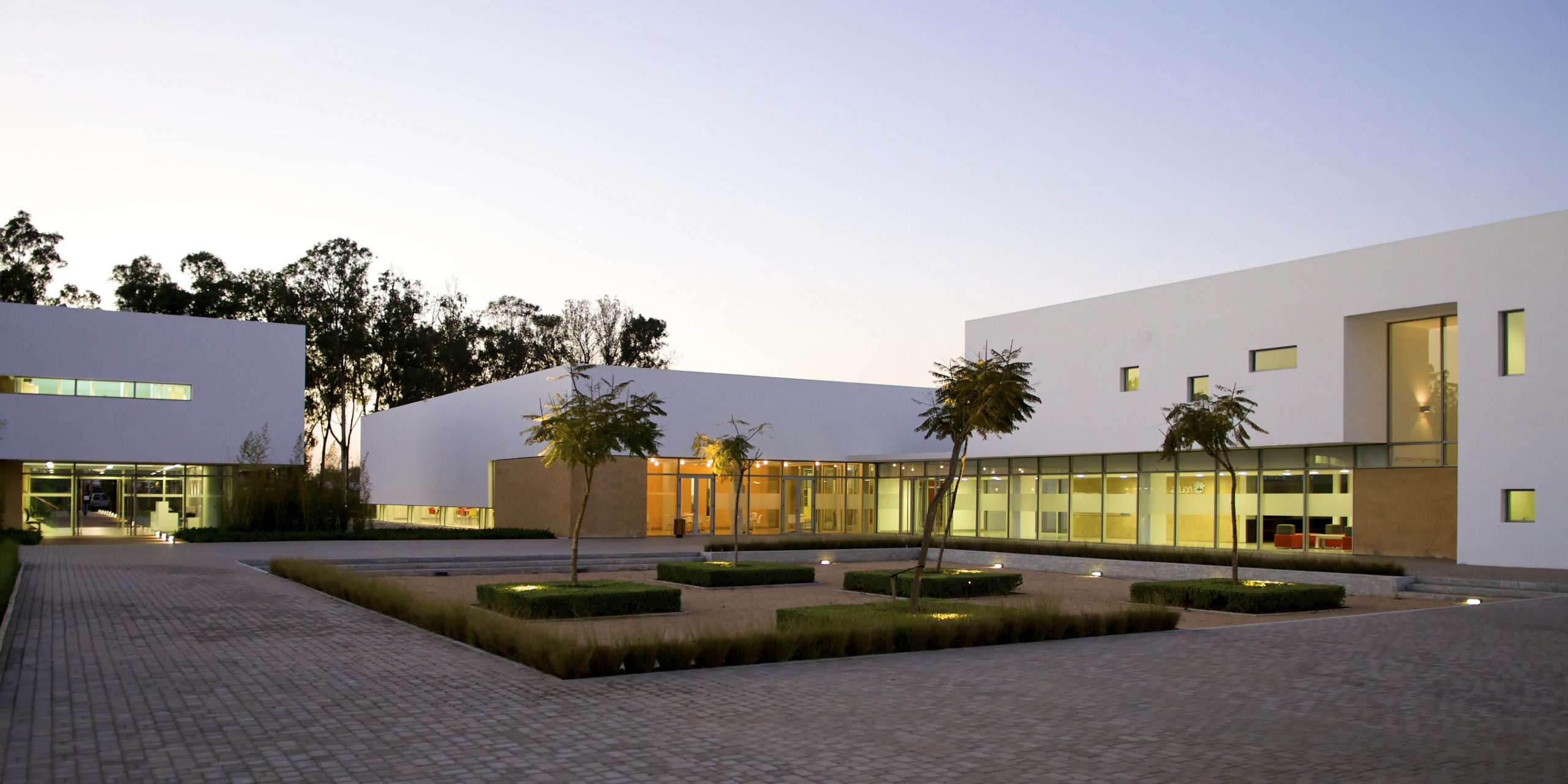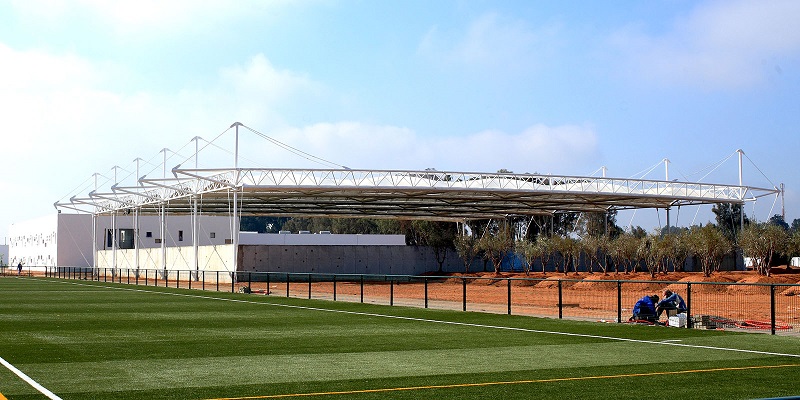According to FIFA, the Mohammed VI Football Academy in Rabat is key to the Moroccan national team's performance in the 2022 World Cup and also the transformation of football in Morocco.
Under the title, “Mohammed VI Academy: Key to Morocco’s Success”, the world football governing body says that “HM King Mohammed VI has launched several development projects in different areas, including the Mohammed VI Football Academy, which aims to discover talents in different regions of Morocco, develop them, and facilitate their transfer to European clubs.”
The Moroccan national team made history by being the first African side to reach the World Cup semi-finals after defeating Portugal (1-0) in the quarter-finals, courtesy of a goal scored by Sevilla striker Youssef En-Nesyri, a graduate of the academy.
The Academy, which cost $15 million to build, opened in 2009.
The Mohammed VI Football Academy has been in operation for 12 years and has been successful in producing young footballers who have drawn interest from the top clubs in Europe and improved the profile of Morocco in international tournaments.
The academy was able to negotiate a three-year technical partnership with the French club Olympique Lyonnais to help it in its mission to produce young graduates who are as marketable and top-notch as possible.
The sophisticated complex, built on an area of around 18 hectares in Sala Al Jadida, contains many sports facilities, playing and teaching football pitches, health wings, etc. According to FIFA, the Academy mixes sport and education, following the format of youth training institutions in Europe.
In this regard, FIFA states that a trio of academy graduates, particularly Azzedine Ounahi, Youssef En-Nesyri, and Nayef Aguerd, are presently the most renowned stars of Morocco's national side.
“I am happy to see the fruits of this project founded by HM King Mohammed VI. The Academy now supports all national teams,” added FIFA, quoting Nasser Larguet, former director of the Academy Mohammed VI, who said this achievement is “a pride for us all.”
In an earlier article, FIFA noted that Morocco had also enjoyed recent success in futsal, taking home the 2020 Africa Futsal Cup of Nations title as well as their first-ever FIFA Futsal World Cup victories in Lithuania in 2021, defeating Venezuela 3-2 and Solomon Islands 6-0 before falling to Brazil 1-0 in the quarterfinals to be eliminated. Moroccan clubs have also been doing extremely well in all CAF competitions.
The article also mentioned the “growing success of women’s football,” saying that the funds raised have allowed the Kingdom to revive the sport.
“Since then, they have achieved impressive results, reaching the final of the Women’s Africa Cup of Nations 2022 hosted by their own country only to miss out on the title after losing to South Africa. The Atlas Lionesses also qualified for Australia and New Zealand 2023, their first ever FIFA Women’s World Cup,”
Walid Regragui, the national team's coach, has asserted time and time again that King Mohammed VI places a high priority on the growth of football in Morocco.
“HM King Mohammed VI has put a lot of means to advance soccer in Morocco,” repeated Regragui, at the pre-game press conference of the 2022 World Cup semi-final.
The coach praised the King's foresight about the growth of the sports industry in general and soccer in particular, saying that the brilliance of Moroccan football is the consequence of the unique and ongoing attention that the King offers to the national team.
Regragui also referred to the creation of the Mohammed VI Academy of soccer “which is part of the royal project,” noting that this Academy has trained talented players who are currently playing in the national team, namely Youssef En-Nesyri, Azzedine Ounahi, Reda Tagnaouti and Nayef Aguerd.
The Academy:
A school at the academy was constructed following the guidelines of a Sport-study curriculum. It offers a three-level programme for students with the first level being a preparatory stage to help them adjust. The school encompasses 10 classrooms, along with a language and a computer science classroom. The teaching programme provided by the academy is supported by the ministry of education.
The Sports Village facility presents its students with four stadiums constructed under FIFA guidelines. A half-synthetic football pitch, one training box drill, four locker rooms, and a special training box drill for guardians.
The medical centre is composed of a clinic, a physiotherapist office, and a balneotherapy pool.
The Academy is located near the Bouregreg river and it covers the area of 2.5 km². It is composed of two main areas: The open space (playing fields, and outdoor space for other activities) and a village.
The academy is built to be a modern facility that encloses Moroccan cultural heritage. It is arranged to follow the shape of a traditional douar, with a central village square surrounded by five buildings. Each building caters for a specific function (lodging, education, a medical facility, and a canteen). Landscaped patios were designed to ensure the relaxation of the young footballers.
Academy objectives:
- Finding young talents across the country
- Targeting underprivileged areas in Rabat
- Implementing a Sport-Study curriculum
- Developing the national Football field
- Preparing junior footballers for professional leagues
Below are some pictures of the academy:






